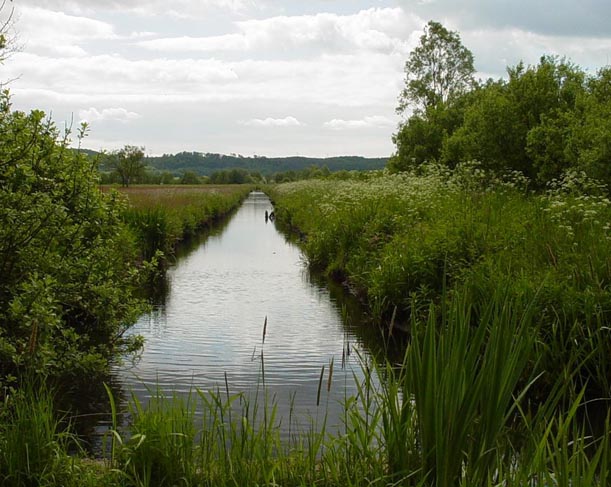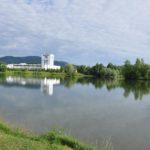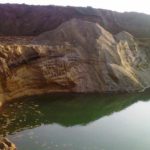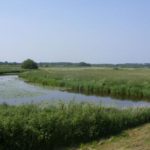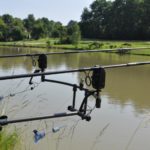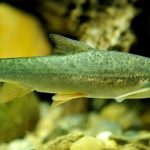Kanały melioracyjne (odwadniające i nawadniające), nie są wodami stojącymi w znaczeniu dosłownym, ponieważ ich wzajemne połączenia tworzą swoistą sieć, przypominającą sieć rzeczną. Nie są one jednak narażone na zanieczyszczenia. Różnią się znacznie od wód płynących, dlatego też rozpatrywać je będziemy w kontekście grupy wód stojących.
Przy gospodarczym użytkowaniu kanałów melioracyjnych należy mieć na uwadze ich specyficzne warunki, odrębne niż w innych wodach. Napełnia je woda gruntowa, która jest wprawdzie uboga w tlen, lecz pozostałe jej właściwości fizyczne są bardzo dobre (jest czysta, ma korzystniejszą temperaturę itp.). W kanałach własności wody jeszcze się poprawiają – woda się natlenia, a także wzbogaca o pokarm wypłukiwany z otoczenia.
Wspólną cechą większości kanałów melioracyjnych jest tendencja do silnego nagrzewania się wody i zarastania roślinnością zarówno zanurzoną, jak i przybrzeżną, której bujność po przekroczeniu pewnego stopnia jest szkodliwa. W wypadkach skrajnych jej nadmierny rozwój może pozbawić wodę wartości gospodarczej. W tych warunkach brak dostatecznej przestrzeni życiowej zarówno dla samych ryb, jak i dla rozwoju ich naturalnego pokarmu.
Rybostan kanałów melioracyjnych powinien być możliwie zróżnicowany gatunkowo, tak by w pełni wykorzystywane były poszczególne składniki pokarmu. Z bentofagów (tj. ryb żywiących się bentosem, czyli organizmami związanymi z podłożem) do kanałów nadaje się karp, lin i leszcz, spośród ryb drapieżnych świetnie zadomowia się szczupak, w przestronniejszych kanałach o twardym dnie sandacz, a jeśli w kanale znajdują się potencjalne kryjówki — także sum. Rybami towarzyszącymi mogą być płoć, wzdręga, karaś srebrzysty, różanka, ukleja, okoń czy pojedyncze egzemplarze klenia i jazia. W kanałach o dobrym przepływie utrzyma się nawet brzana i boleń.
Wadą wszystkich wymienionych wyżej ryb jest ich upodobanie do jedzenia tyko organizmów zwierzęcych. Dlatego też w działaniach gospodarczych rolę nie do zastąpienia spełnia grupa ryb roślinożernych, a wśród nich przede wszystkim amur i, do pewnego stopnia, obydwa gatunki tołpyg. Znaczenie ryb roślinożernych w gospodarce wędkarskiej należy dostrzegać w ich kompleksowym oddziaływaniu i to zarówno bezpośrednim, tj. wykorzystywaniu roślinności (amur – grubsze rośliny wodne, tołpyga biała – plankton roślinny) dla własnego rozwoju, jak również w zależności pośredniej, tj. w związku z ogólnym polepszeniem warunków środowiskowych.
